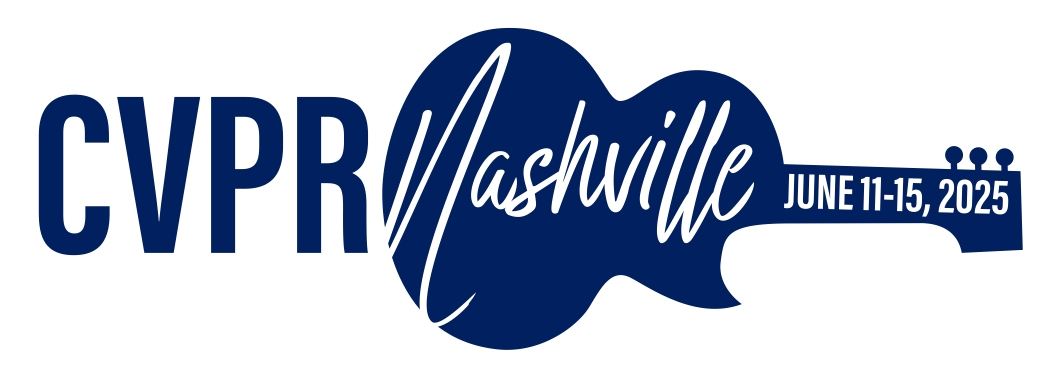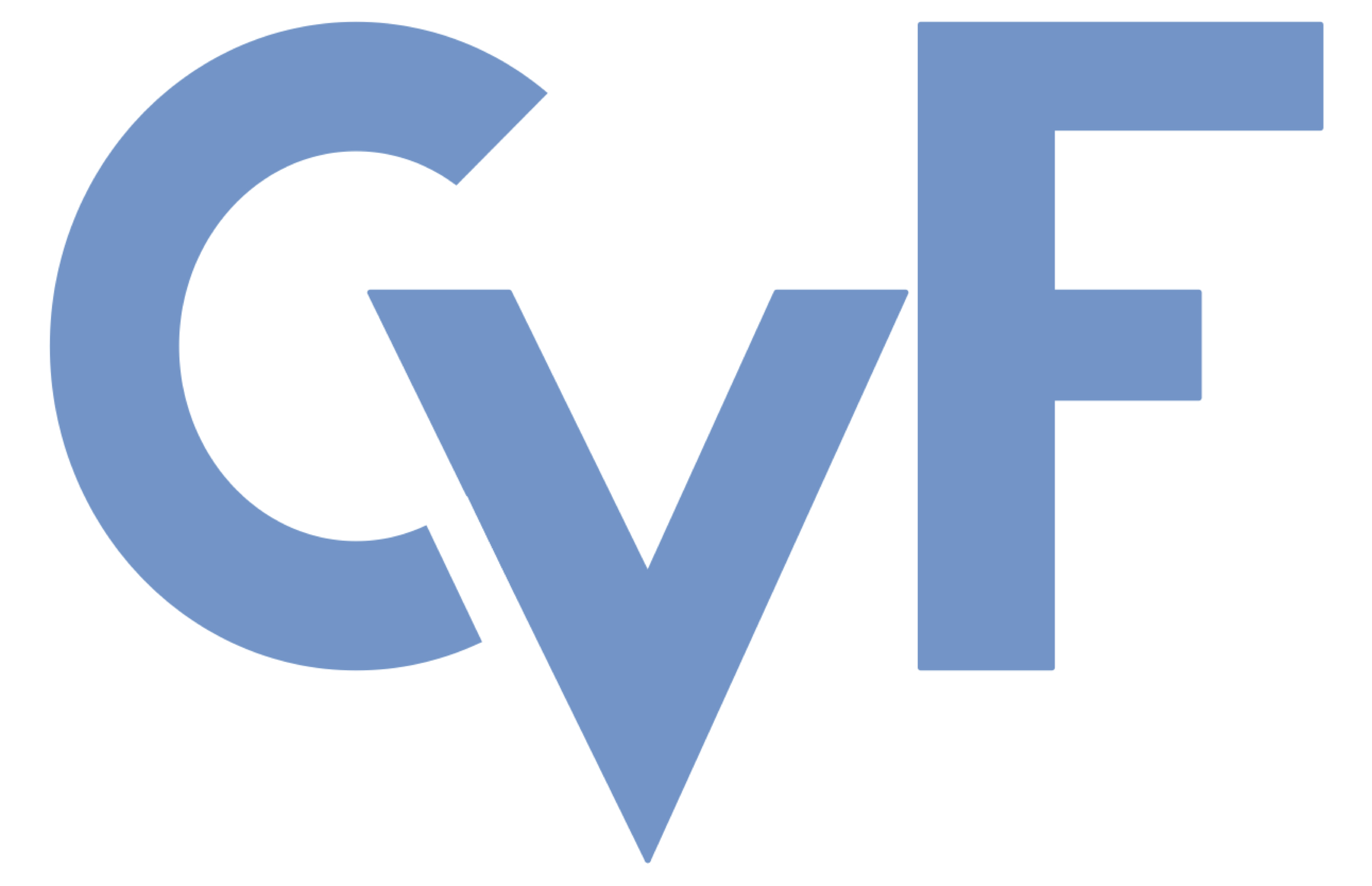-
[pdf]
[supp]
[arXiv]
[bibtex]@InProceedings{Liang_2025_CVPR, author = {Liang, Hanwen and Cao, Junli and Goel, Vidit and Qian, Guocheng and Korolev, Sergei and Terzopoulos, Demetri and Plataniotis, Konstantinos N. and Tulyakov, Sergey and Ren, Jian}, title = {Wonderland: Navigating 3D Scenes from a Single Image}, booktitle = {Proceedings of the IEEE/CVF Conference on Computer Vision and Pattern Recognition (CVPR)}, month = {June}, year = {2025}, pages = {798-810} }
Wonderland: Navigating 3D Scenes from a Single Image
Abstract
This paper addresses a challenging question: how can we efficiently create high-quality, wide-scope 3D scenes from a single arbitrary image?Existing methods face several constraints, such as requiring multi-view data, time-consuming per-scene optimization, low visual quality, and distorted reconstructions for unseen areas. We propose a novel pipeline to overcome these limitations.Specifically, we introduce a large-scale reconstruction model that uses latents from a video diffusion model to predict 3D Gaussian Splatting, even from a single-condition image, in a feed-forward manner. The video diffusion model is designed to precisely follow a specified camera trajectory, allowing it to generate compressed latents that contain multi-view information while maintaining 3D consistency.We further train the 3D reconstruction model to operate on the video latent space with a progressive training strategy, enabling the generation of high-quality, wide-scope, and generic 3D scenes.Extensive evaluations on various datasets show that our model significantly outperforms existing methods for single-view 3D rendering, particularly with out-of-domain images. For the first time, we demonstrate that a 3D reconstruction model can be effectively built upon the latent space of a diffusion model to realize efficient 3D scene generation.
Related Material





